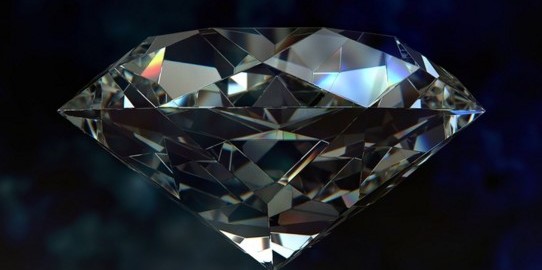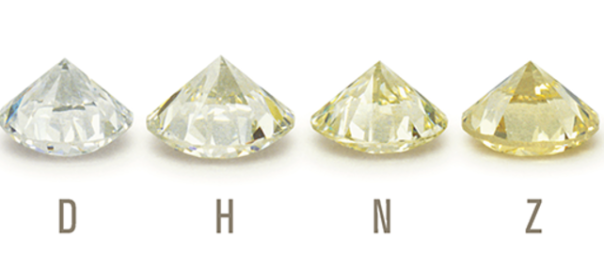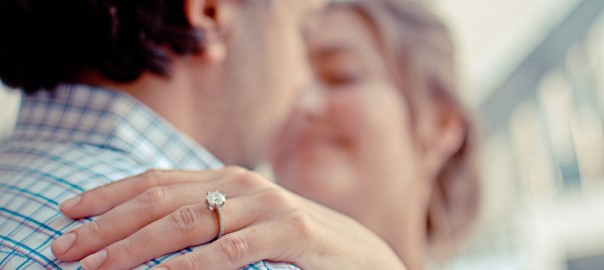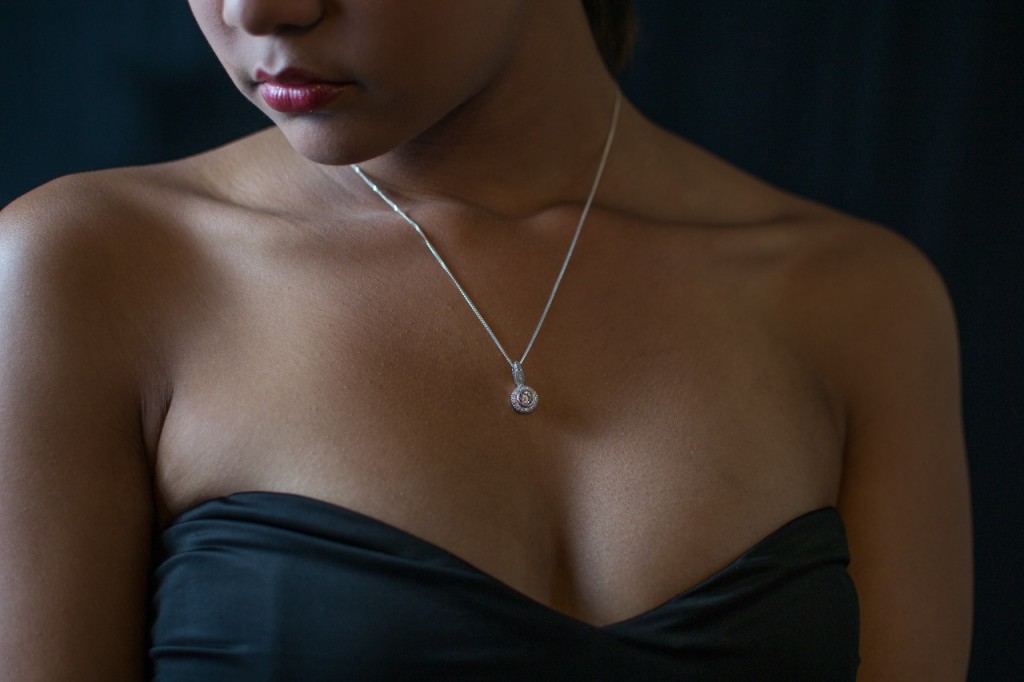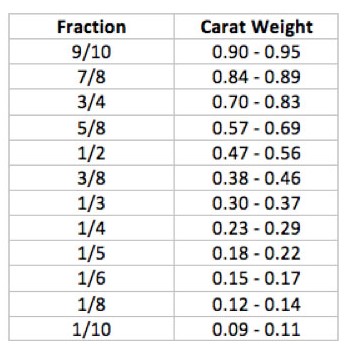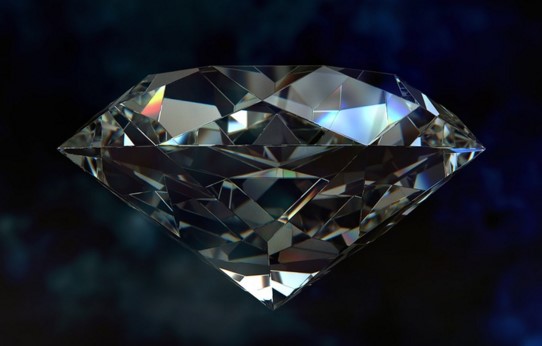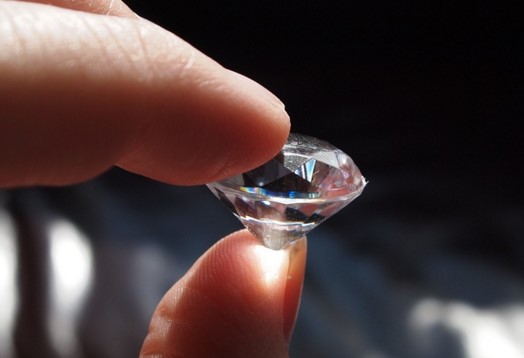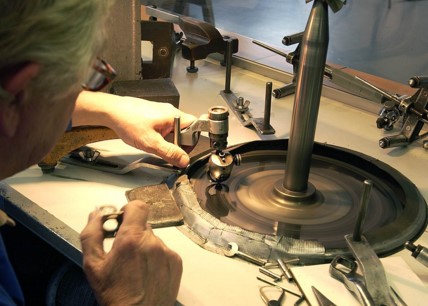Cushion Cut Diamonds
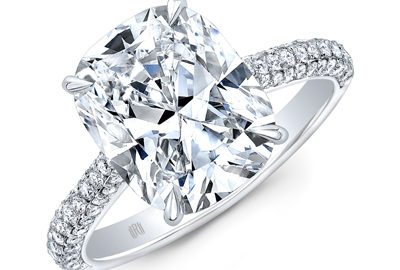
A cushion cut diamond is the perfect answer for those torn between round brilliant and princess or square cut diamonds. Cushion cut diamonds were once the standard cut for diamonds, before round brilliant cuts took over. With their soft, rounded corners, cushion cut diamonds bridge the gap between round brilliant cuts and princess cuts. At Schwanke-Kasten Jewelers, we have a beautiful array of GIA certified cushion cut diamonds for your engagement ring or jewelry piece.
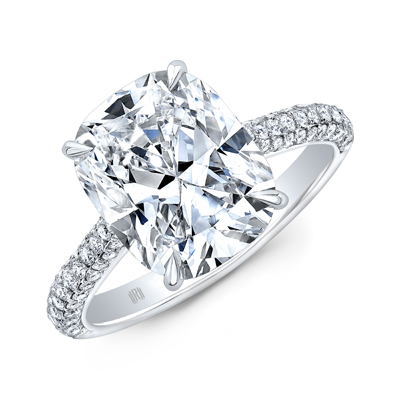
PROS & CONS of Cushion Cut Diamonds
Jewelers and recipients alike, enjoy this design for its classic and timeless aesthetic. Furthermore, gemologists have determined these cuts to have the most dispersion of light, or fire. Additionally, the jewelry market typically prices round brilliant cut diamonds higher than cushion cut for two reasons.
- Demand
- Less waste
However due to the deeper cut needed for this design, you will need to overcompensate with a larger stone than anticipated.
4 C’S
CUT:
- Chunky vs Crushed Ice: Jewelers refer to these two terms when talking about the back facets and light reflections. If the light reflections appear in broad flashes, it refers to “chunky” aesthetic, if it appears as broken glass
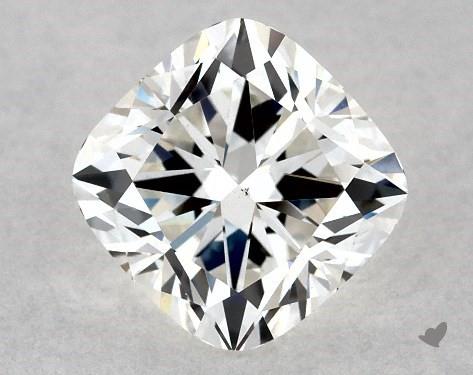
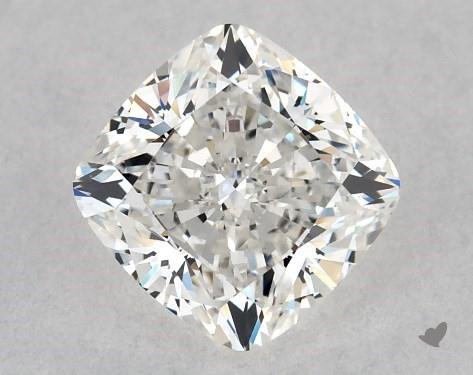
- Length-to-Width Ration: Cushion cuts can come in “square” ratios as well as varying rectangle ratios. We should mention that you ought to avoid a length to width ration between 1.06 to 1.10.
- Standard vs Modified Brilliant Cushion Cuts: Beginning in the 1920’s, diamond cutters added an extra row of facets beneath the girdle. However there is minimal affect on the beauty or structural integrity of the diamond.
- Depth and Table: look for a cushion cuts with a depth and table under 70%. As well as symmetry and polish that is very good or excellent.
CARAT WEIGHT:
- As we previously mentioned, cushion cuts tend to appear smaller than their round counterparts due to the depth of the cuts. That being said, if size is an issue, you may have to go larger than anticipated.
COLOR:
- Cushion cuts show more color than round brilliant but this effect is negated by their brilliance and dispersion. However, we suggest looking for cushion cuts with color grades of I or higher.
CLARITY:
- Schwanke-Kasten Jewelers tell shoppers to choose clarity grades of SI1 or higher as the integrity of the stone is not compromised as well as the aesthetic.
Email, text or call Schwanke-Kasten Jewelers today to learn more about cushion cut diamonds and how to set up a free consultation with one of our highly trained sales associates.
